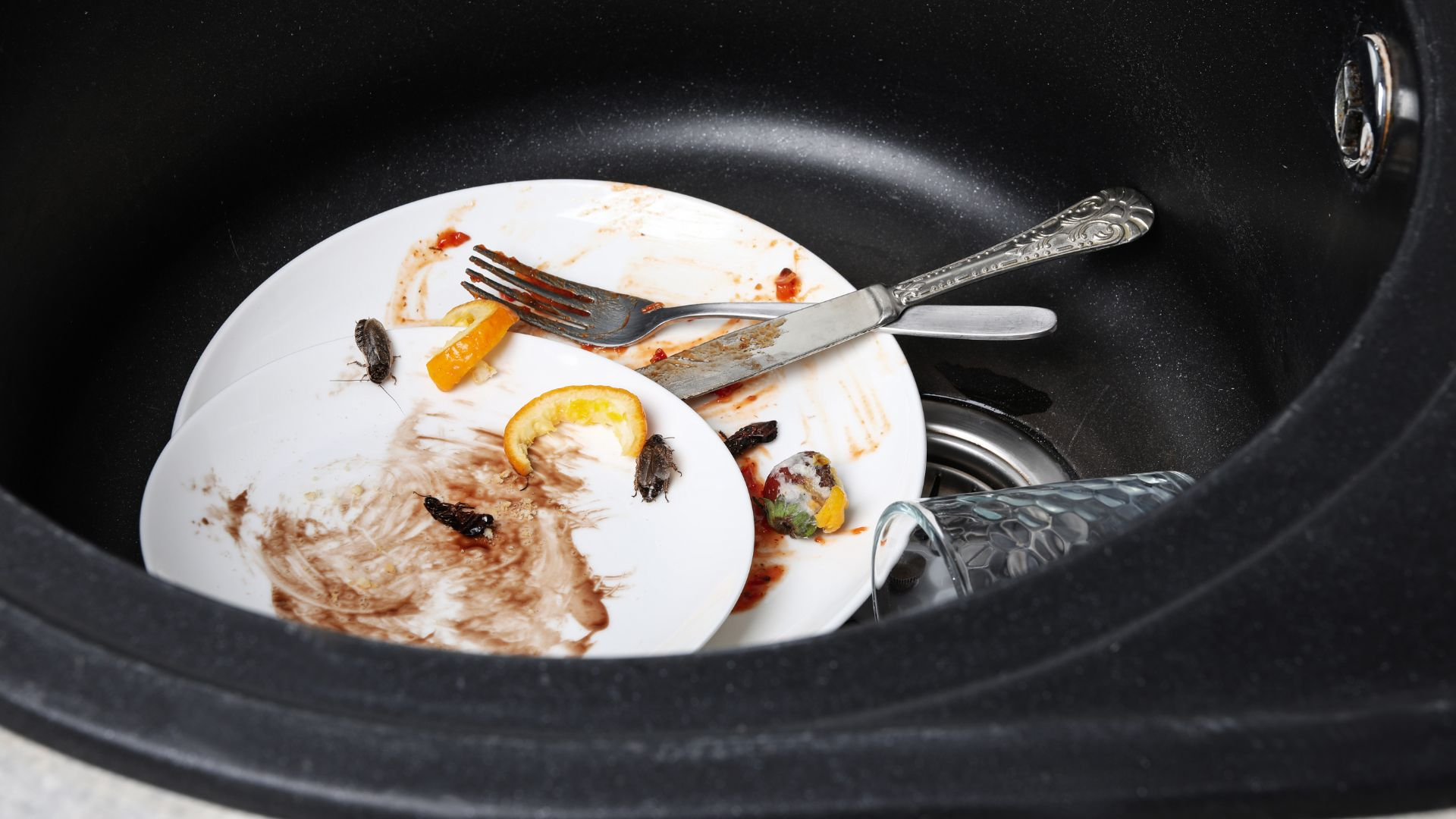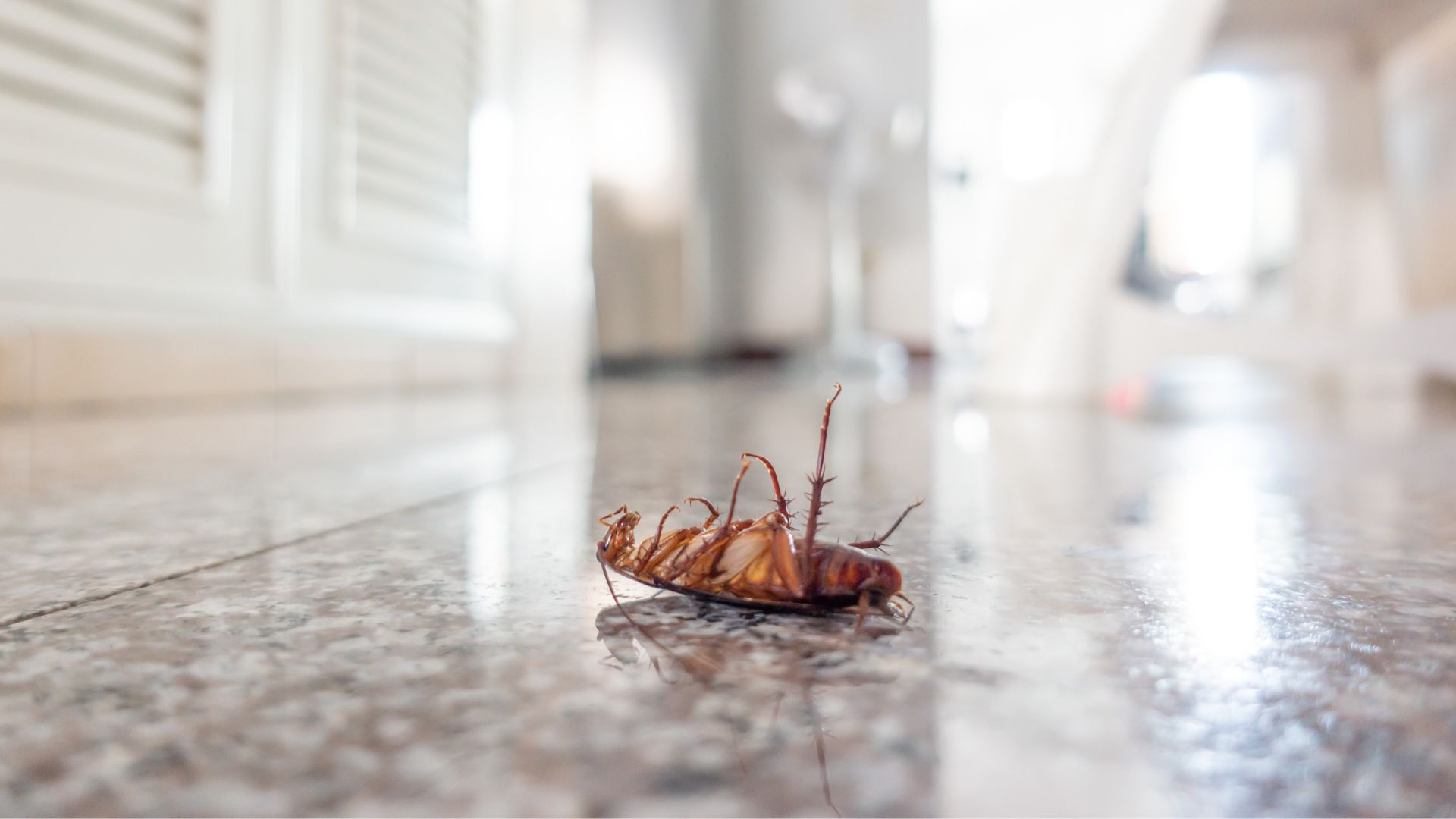
Your kitchen is the heart of your home, but it can also be a magnet for unwelcome guests—pests. Picture it: a serene morning, coffee in hand, heading to your kitchen to prepare the first meal of the day, only to find a line of ants cruising across your countertops. Not the breakfast companions of choice.
You might argue that spring has a way of ushering unsuspecting wildlife into your home, but winter, fall, and even summer have their pesky critters, too.
Being proactive about pest control in the kitchen isn't just about dealing with the bugs. It's about creating a healthy, clean environment for everything from meal prep to a midnight snack.
Fear not, though—warding off pest problems is easier than you think. In this article, we'll explore effective strategies for keeping your kitchen free of pests.
Along the way, we'll introduce you to Riddy, the most helpful partner in your pest control plan, with its monthly DIY subscription boxes chock-full of pest control treatments to defend your home against the critter invasion.

Before we can combat, we need to understand our adversaries. While, luckily, you won't have to worry about parasites like bed bugs, common kitchen pests include the notorious cockroaches, industrious ants, dreaded pantry moths, persistent rodents, and many more.
These critters vary in their nesting habits, food preferences, and aversion to light, so identifying the specific pests in your kitchen is crucial.
Keep your eyes peeled for these telltale signs of a pest infestation:
Keeping an eye out for these hints will help you catch issues early and address them effectively.

The first line of defense is a sparkling kitchen. Cleanliness is the best tool you have against pests. Here are a few pest control tips to keep in mind:
Riddy, as well as The National Pest Management Association, encourages you to take extra care to clean up after crumbs and food particles during the colder months. This is when pests like rodents are searching for food and shelter. Remember, pests are resourceful. They'll find a way, so it's crucial to remove every incentive they might have to call your kitchen home.

Bugs and critters are masters of infiltration, slipping through the tiniest cracks and gaps as though they were never there. To put a stop to their ingress, you must close off these entry points:
A little bit of preventive maintenance can save you a lot of headache, and it's a satisfying DIY task.
When a pest breach occurs, swift action is necessary. DIY pest control products offer a blend of efficacy and eco-friendliness that appeals to most homeowners. Organic pest repellents, traps, and baits can be placed strategically to mitigate current problems and prevent future ones, however we recommend something a bit stronger when your pest problem looks like it may be out of hand.
Application is key, so be sure to read the instructions, and perhaps test a small, inconspicuous area first.
Sometimes, the invaders are too numerous or entrenched for your average homeowner to handle. That's when it's time to bring in the big guns (and we don't mean your local commercial services!):
If you are "riddy" for the monthly goodness of Riddy's subscription pest control box, get in touch with our professional pest control team today.

A clean kitchen is a happy kitchen, and when that kitchen is free from pests, you've got the makings of a culinary paradise. We've covered identifying, preventing, and controlling pests, all essential to keeping your kitchen bug-free.
For those with a pest-patrol personality, Riddy's monthly subscriptions are the ideal tool. A pest box arrives at your door on a schedule tailored to your location and pest problems, packed with the pest control treatments you need to maintain your bug-free status, making it easier and more enjoyable to keep your kitchen in top form.
Take action today to protect your kitchen oasis from an insect invasion.
Find Your Pest Control PlanCommon kitchen pests include cockroaches, ants, pantry moths, and rodents. Each of these pests can be identified by specific signs like droppings, trails, or gnaw marks.
Maintain cleanliness, seal food in airtight containers, manage waste properly, and seal any cracks or entry points around doors and windows.
Yes, DIY methods like using organic repellents, traps, and baits can be effective for minor infestations. However, severe infestations might require professional intervention.
No comments
0 comments